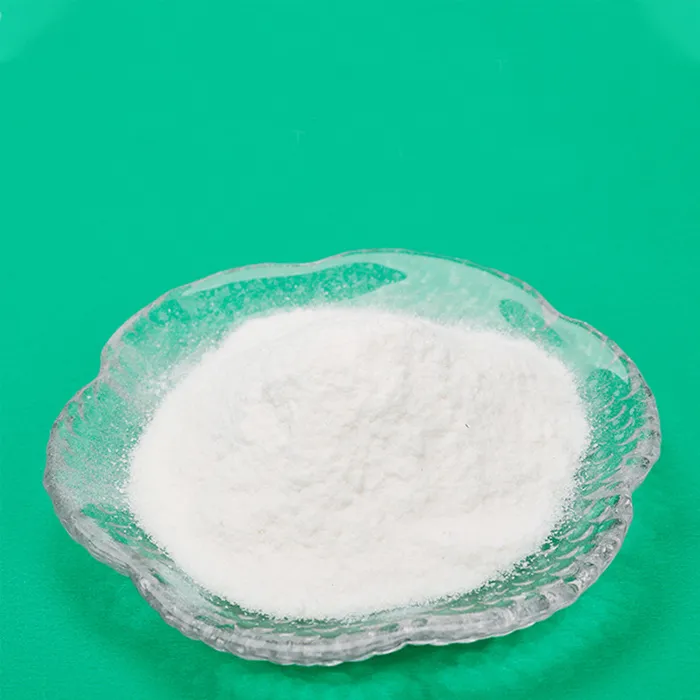Understanding Chemicals in RO Water Plants
Reverse osmosis (RO) is a water purification technology that uses a semipermeable membrane to remove ions, molecules, and larger particles from drinking water. This process has become essential in various settings, such as municipal water treatment facilities and industrial applications. However, to ensure the efficiency and longevity of RO systems, specific chemicals are often utilized during the water treatment process. This article delves into the essential chemicals used in RO water plants, their purposes, and their importance in maintaining the integrity of RO systems.
The Role of Chemicals in RO Water Treatment
1. Antiscalants One of the primary challenges faced in RO systems is scaling, which occurs when dissolved minerals precipitate and form deposits on the membrane surface. To mitigate this, antiscalants are added to the feed water. These chemicals inhibit the precipitation of calcium carbonate, sulfate, and other salts that can lead to blockages and reduced efficiency. Common antiscalants include phosphonate-based compounds and polyacrylic acids. By preventing scale formation, antiscalants not only enhance the performance of the RO membranes but also extend their operational lifespan.
Understanding Chemicals in RO Water Plants
3. Cleaning Chemicals To maintain optimal performance, RO systems require regular cleaning to address fouling caused by organic matter, bacteria, and other contaminants. Specialized cleaning chemicals, including citric acid, sodium hydroxide, and different detergents, are employed to remove these foulants from the membrane surfaces. Each cleaning agent targets specific types of fouling, ensuring the membranes remain efficient and free of any obstructions that could hinder water flow.
ro water plant chemicals

4. pH Adjusters The pH of the feed water significantly affects RO membrane performance and longevity. If the water is too acidic or alkaline, it can lead to membrane degradation or scaling. Therefore, pH adjusters, such as sulfuric acid to lower pH or sodium bicarbonate to raise pH, are introduced as part of the water treatment process. Maintaining the ideal pH range enhances the solubility of various minerals and protects the membranes from damage.
5. Biocides and Disinfectants Microbial growth on the RO membranes can lead to biofouling, which adversely affects water quality and system performance. To combat this issue, biocides such as chlorine dioxide or silver ions are employed. These chemicals not only disinfect the water but also prevent the growth of bacteria, algae, and other microorganisms. It is crucial to select biocides that do not harm the RO membranes, ensuring that the system remains functional and efficient.
Conclusion
The use of chemicals in RO water plants is fundamental to enhancing the efficiency, longevity, and reliability of water purification systems. Antiscalants, coagulants, flocculants, cleaning agents, pH adjusters, and biocides each play a vital role in optimizing the performance of reverse osmosis technology. By understanding the functions of these chemicals, water treatment operators can adopt best practices that ensure the effective management of RO systems.
As water scarcity becomes an increasingly pressing global issue, the importance of efficient water treatment technologies, such as reverse osmosis, will only grow. Proper chemical management in RO plants not only helps in achieving high-quality purified water but also contributes to sustainable water resource management. The ongoing advancement in chemical formulations and treatment practices will further enhance the efficacy of RO technology in the quest for clean and safe drinking water for communities worldwide.

